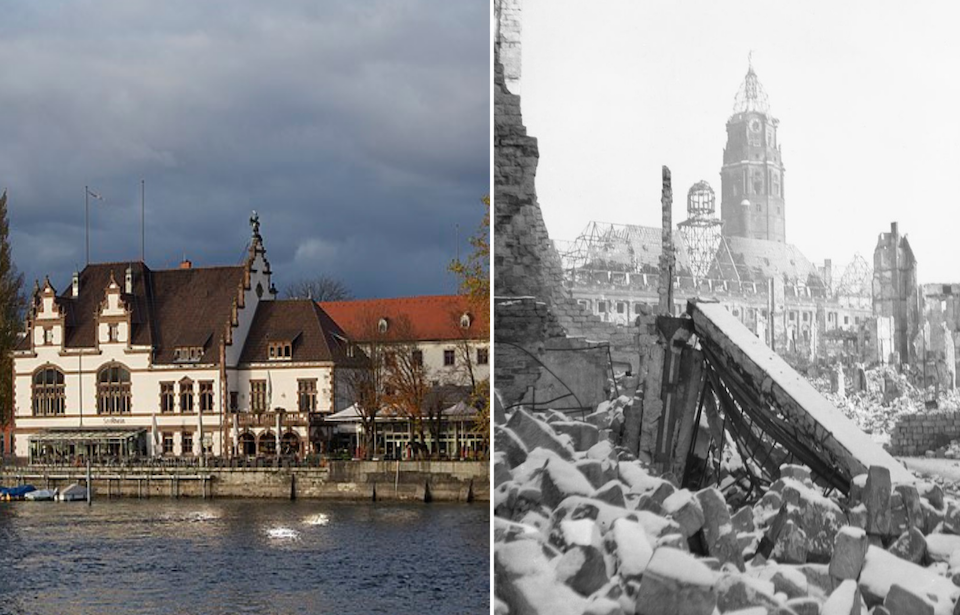Air raids were a common occurrence during World War II. Cities across Europe were subjected to nighttime bombings aimed at throwing their military forces off guard. Incredibly, the German city of Konstanz was able to remain relatively unscathed from Allied attacks, thanks to some illuminating trickery.
Konstanz is a historic city
Konstanz is located in southern Germany, in the state of Baden-Württemberg. It sits at the edge of the Swiss Alps, along Lake Constance. Its closest neighbor is the Swiss municipality of Kreuzlingen — in fact, the border between Switzerland and Germany runs right through the city’s center.
Konstanz dates back to the late Stone Age. Its name is believed to have been coined during the Roman Empire, and it was home to a Roman Catholic principality for over 1,200 years. It was also the location of the Council of Constance in the early 1400s, which called for the end to the Great Schism.
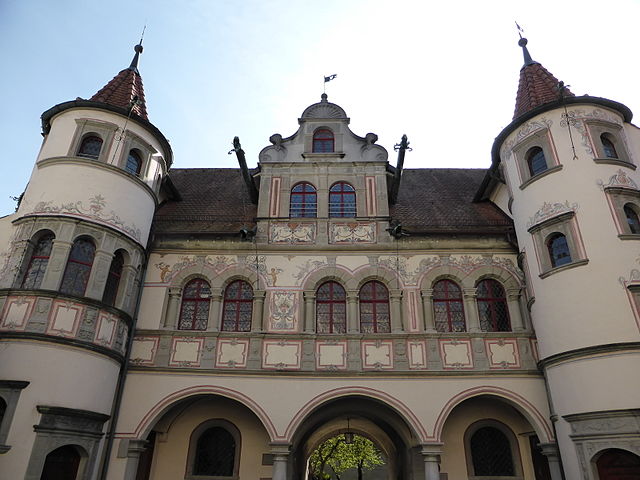
The city officially became part of the German Empire in 1871, during the country’s unification. Upon the conclusion of World War I, it existed within the Republic of Baden, which was part of the Weimar Republic.
Air raids during World War II
Also known as strategic bombings, air raids were experienced by many cities within Europe during the Second World War. They targeted key locations, including highly populated cities, transportation hubs and production factories, and aimed to cripple the opposing forces.
These attacks typically occurred at night and were paired with ground forces to ensure the most damage was inflicted. The overall goal was to disrupt the enemy as much as possible. They were fairly effective, and as the war progressed, such bombings occurred with more frequency.
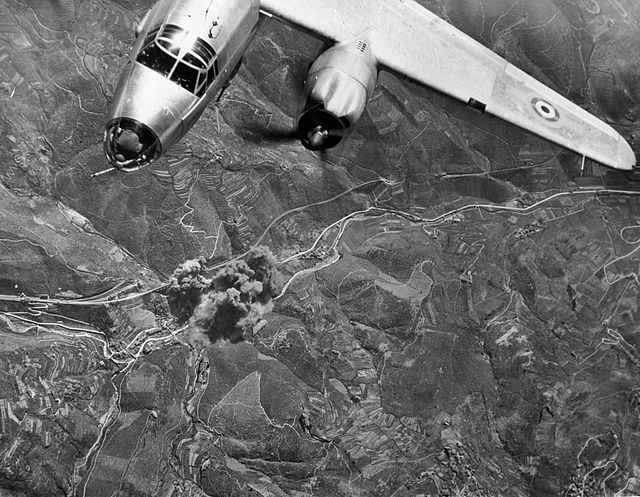
The Germans’ primary focus was England, where they targeted London and port cities. The Allies caused much more damage in Germany, and their air raids decimated such cities as Hamburg and Dresden. This was due to the fact their aircraft were able to carry more bombs than their Luftwaffe counterparts.
Konstanz refuses to go dark
One of the ways in which cities protected themselves from air raids was to enact nightly blackouts. Residents were banned from lighting candles in their homes and were instructed to cover windows with curtains or black paint. Streetlights were extinguished, and vehicles weren’t permitted to use their headlights.
The idea was to make it more difficult for the attacking forces to find and hit their targets. This increased the probability that vital services and facilities would be spared from the bombings, and it ensured the safety of civilians.
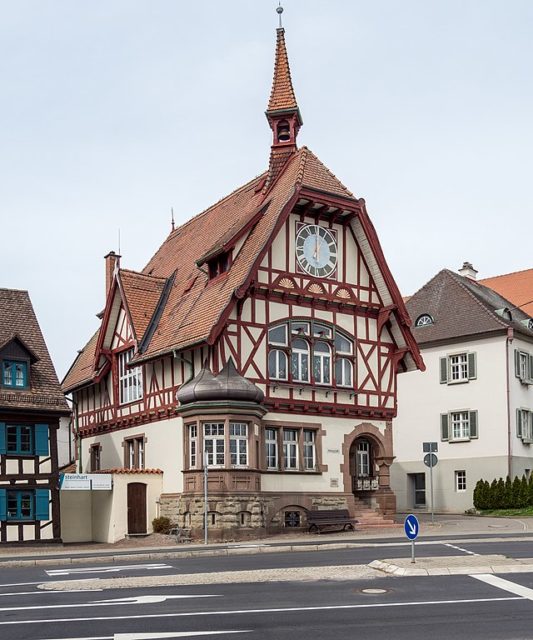
While the majority of German cities enforced blackouts, Konstanz didn’t. Instead, it decided to keep its lights on. It got the idea from its neighbors in Kreuzlingen, who were able to stay lit because of the country’s neutrality. The idea was simple: by keeping their lights on, the Allies would think they were part of Switzerland.
The plan worked. American pilots flying overhead assumed they were looking down upon a Swiss city and thus didn’t drop their bombs. Konstanz, therefore, remained one of the few German cities to retain much of its original architecture, allowing it to develop a thriving tourism economy in the post-war years.
Konstanz contributed to the war effort in Germany
Looking back, the Allies probably wished they hadn’t been fooled by the tactic, as Konstanz played an active role in the German war effort. The city produced parts for the German arsenal, all of which were used against the Allies.
Konstanz manufactured radar parts for German submarines, as well as for guns. Schwarzwald Flugzeugbau GmbH developed its flying torpedoes at a facility in the city, while aircraft manufacturer Dornier transferred a portion of its production there after the bombing of Friedrichshafen.
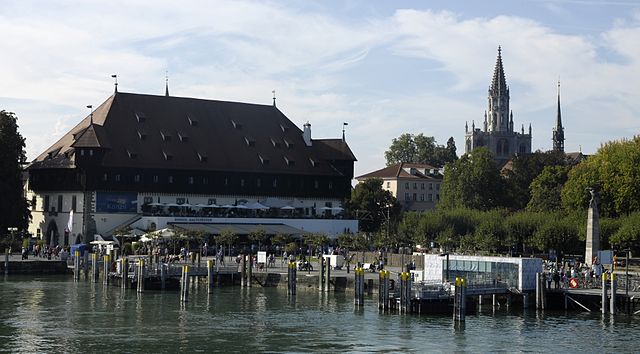
More from us: Bruno Mussolini: How His Early Death Impacted His Father
As well, Konstanz actively participated in the deportation of Jewish citizens from Germany. In October 1940, the last were sent to the Gurs internment camp in southwestern France. Those still alive in August 1943 are believed to have died at either Auschwitz or Sobibór.
